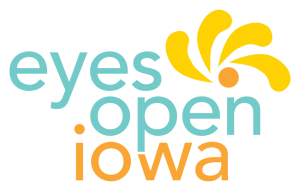The ability to provide services for lesbian, gay, bisexual, transgender and queer or questioning (LGBTQ+) youth begins with an understanding of the nature of gender and sexual orientation, correct terminology, basic knowledge of the “typical” experiences of the population, and an awareness of the increased risk factors experienced by these youth. In this workshop, participants will have an opportunity to explore this important content and identify strategies for providing welcoming and affirming services appropriate for LGBTQ+ youth. The facilitator will share an overview of the theory, current issues, and research-based strategies important when working with LGBTQ+ populations. Participants will then begin to identify practices that support effective service design and delivery and will lead to the most inclusive and impactful practices. Participants also strategize ways to incorporate these practices into their services and settings.
Objectives of this course:
- Examine the key theories and terminology around gender identity/expression and sexual orientation.
- Define the stages of “coming out,” i.e. self-awareness and identity disclosure.
- Identify increased risk factors for LGBTQ+ youth.
- Strategize effective ways to work with and support LGBTQ+ youth.
- Identify resources for LGBTQ+ youth.
- Develop a personal plan of action for positively addressing the needs of LGBTQ+ youth.
Visit ETR's Training & TA Form to submit your request and receive cost information.




